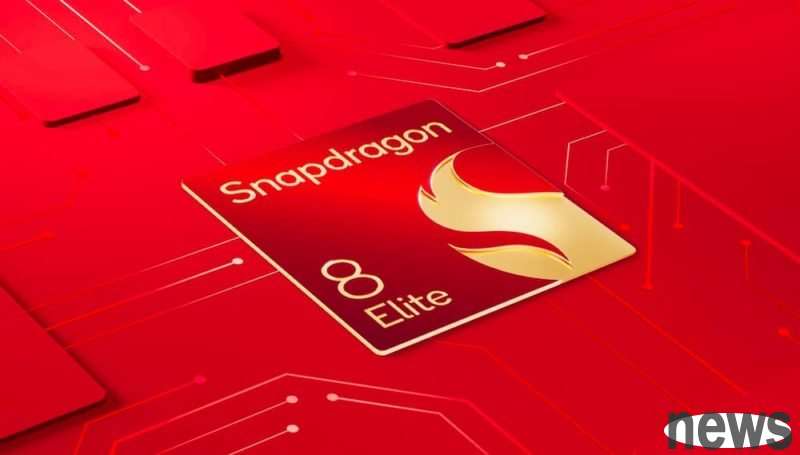
Qualcomm and CTK are both expected to launch its latest generation of flagship processors, the Snapdragon 8 Elite Gen 2 and the Tianwan 9500 later in 2025. These two processors are expected to continue using 3nm process for tyre-plugs and are likely to be produced with a modified N3P stage. Compared with N3E stage processing, N3P should have better performance in performance and efficiency.
Usually, the upgrade of processor processing technology will be accompanied by a significant increase in cost and increase the final product price. However, according to wccftech quotes marketers, the price of the Snapdragon 8 Elite Gen 2 and Tianhua 9500 processors may not be too expensive despite the NT$3 nm process. Because, although the improvement of the third-generation 3nm process of TECHNOLOG should lead to price increase, the expected increase will not be too much. This situation will be good news for mobile phone manufacturers, which will allow them to maintain a healthier profit margin for their flagship products.
In fact, in terms of performance, the market estimate Snapdragon 8 Elite Gen 2 will perform well in both single and multi-core base tests. However, this extreme performance improvement may require higher battery consumption as a substitution, which contrasts with Apple A19 and A19 Pro chips that will focus more on efficiency in 2025. As for, the Tianhua 9500 of the CTK showed in an early baseline test that it used an 8-core CPU architecture with a speed of 3.23GHz and was equipped with a 12-core Mali-G1 Ultra GPU.
In addition, in the selection of crystalline foundry partners, new market news pointed out that although Qualcomm has abandoned Samsung as the crystalline foundry partner of Snapdragon 8 Elite Gen 2, this means that NTD may become its exclusive supplier. Therefore, the report emphasizes that although the price expectations of the processor are stable, market analysts remind that the final retail price of smart phones is not determined by a single piece of components. Because the LPDDR5X memory will rise at about 5% of the price, this is expected to be the key to determining the final price of the overall phone.
The memory is one of the key components in flagship smart phones, and this price increase may force mobile phone manufacturers to adjust their pricing. If this news is true, this is likely to be the first case where the next-generation equipment pricing is determined by zero components other than the chip. This also means that the pricing model in the past, which was dominated by processors, is changing, and the cost fluctuations of other key components such as memory will have an increasing impact on the price of the final product.
The report further pointed out that although the news that the LPDDR5X memory price has increased by 5% is worrying, there are other solutions in the market. Because if the market has sufficient demand for the LPDDR5X memory, major memory manufacturers such as Samsung and SK Hynix will show significantly higher production, which may offset some or even all of the 5% price increase. In addition, mobile partners will gradually move towards faster and more efficient LPDDR6 memory, which is also one of the methods. Currently, Samsung is committed to accelerating the development of its LPDDR6 in the second half of 2026. The advancement of this technology and the standardized production are expected to balance memory costs in the future.
For consumers, the message that processor prices tend to be stable is a positive message, which will also contribute to the healthy development of the entire industry. Some Chinese mobile phone manufacturers are expected to keep their flagship models at between RMB 3,999 and RMB 4,499 (about US$560 to US$630). For comparison, the recommended price for Xiaomi 15, which is equipped with the Snapdragon 8 Elite, is RMB 4,499 in China. However, the 5% increase in LPDDR5X memory prices will still be a potential variable and may still lead to a slight increase in the final retail price of mobile phones.